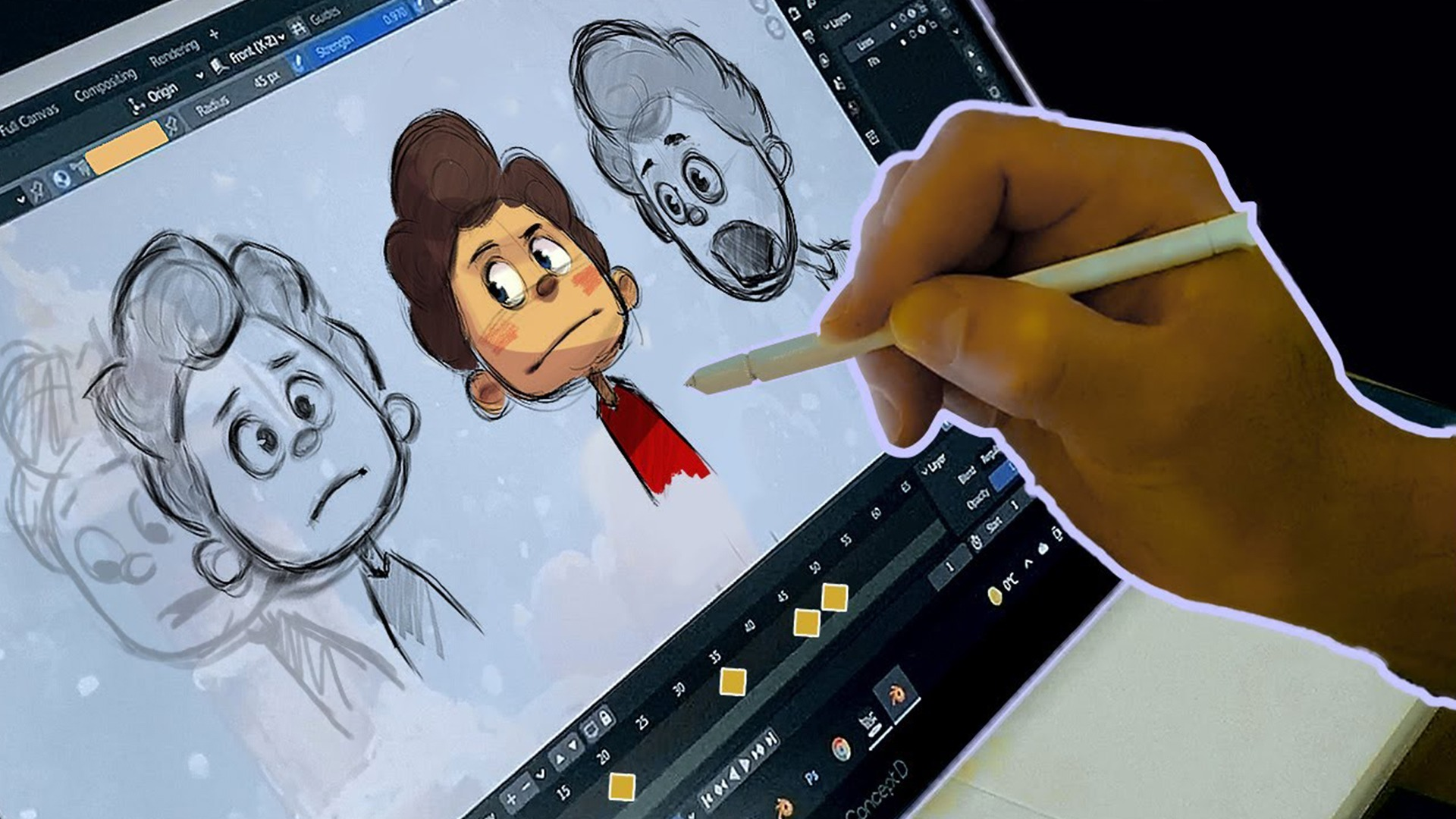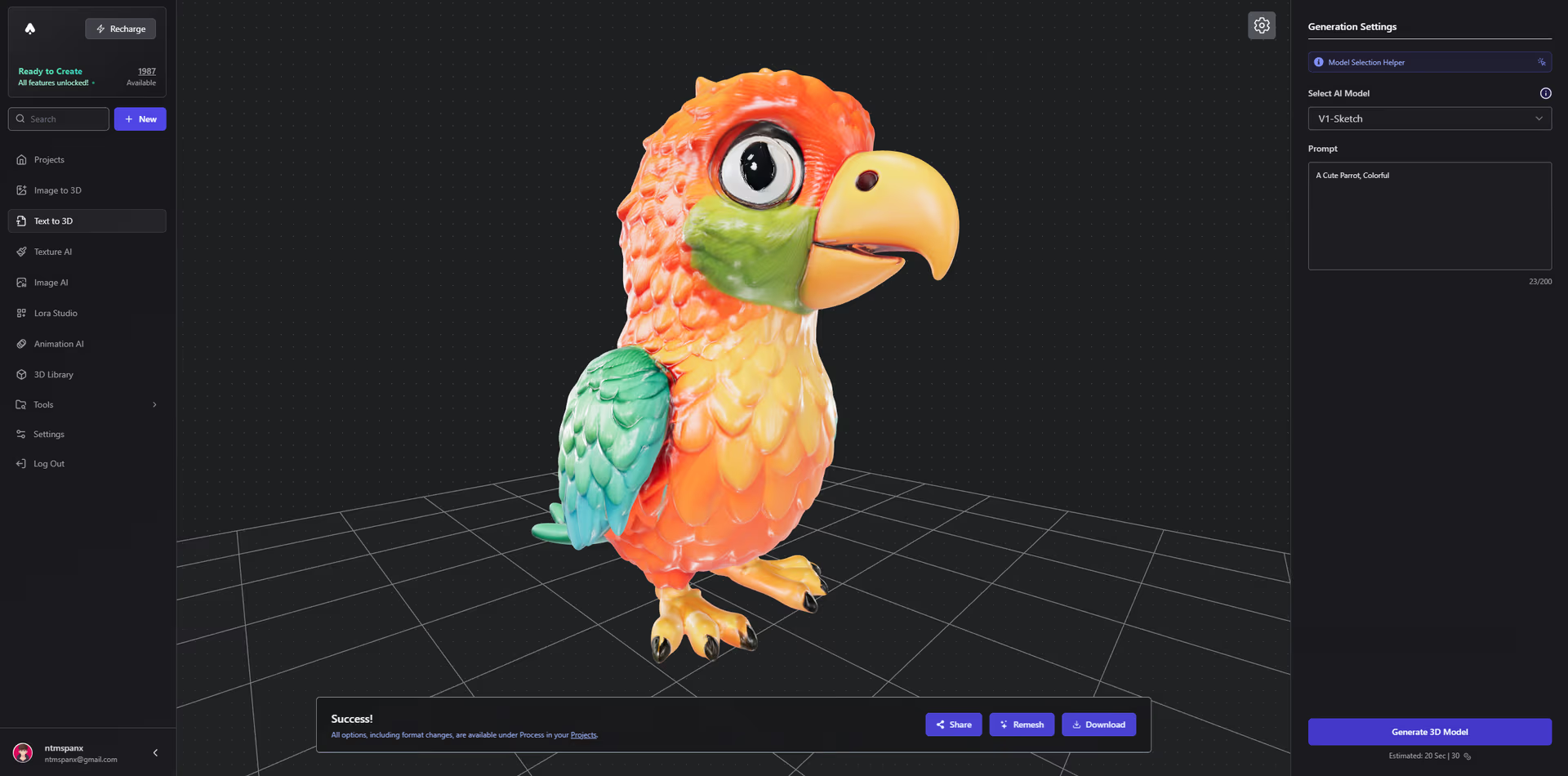In the evolving world of 3D modeling and animation, procedural animation has emerged as a groundbreaking method that’s changing how artists and developers create dynamic, responsive movements. Unlike traditional keyframe animation, procedural animation relies on algorithms and real-time data to drive motion. This technique is widely used in video games, simulations, and virtual reality—offering flexibility and realism without the need for frame-by-frame animation. By automating repetitive tasks and enabling more adaptive behaviors, procedural systems are saving time and enhancing creative control.
One of the key strengths of procedural animation is its adaptability. Animators can program behaviors such as walking, flying, or interacting with environments based on rules, not just pre-rendered sequences. This is especially powerful in game design, where characters must react to unpredictable player inputs or terrain changes. Engines like Unity and Unreal Engine support procedural frameworks through tools like inverse kinematics (IK), ragdoll physics, and animation blend trees—bringing characters to life in smarter, more fluid ways.
Looking forward, the integration of AI and machine learning with procedural animation is expected to elevate 3D workflows even further. Artists will be able to fine-tune complex behaviors through intuitive interfaces while leveraging data-driven results. As the demand for interactive media grows, mastering procedural animation is becoming a vital skill for professionals across gaming, film, and virtual experiences—redefining the future of digital storytelling.





